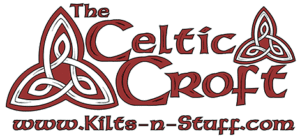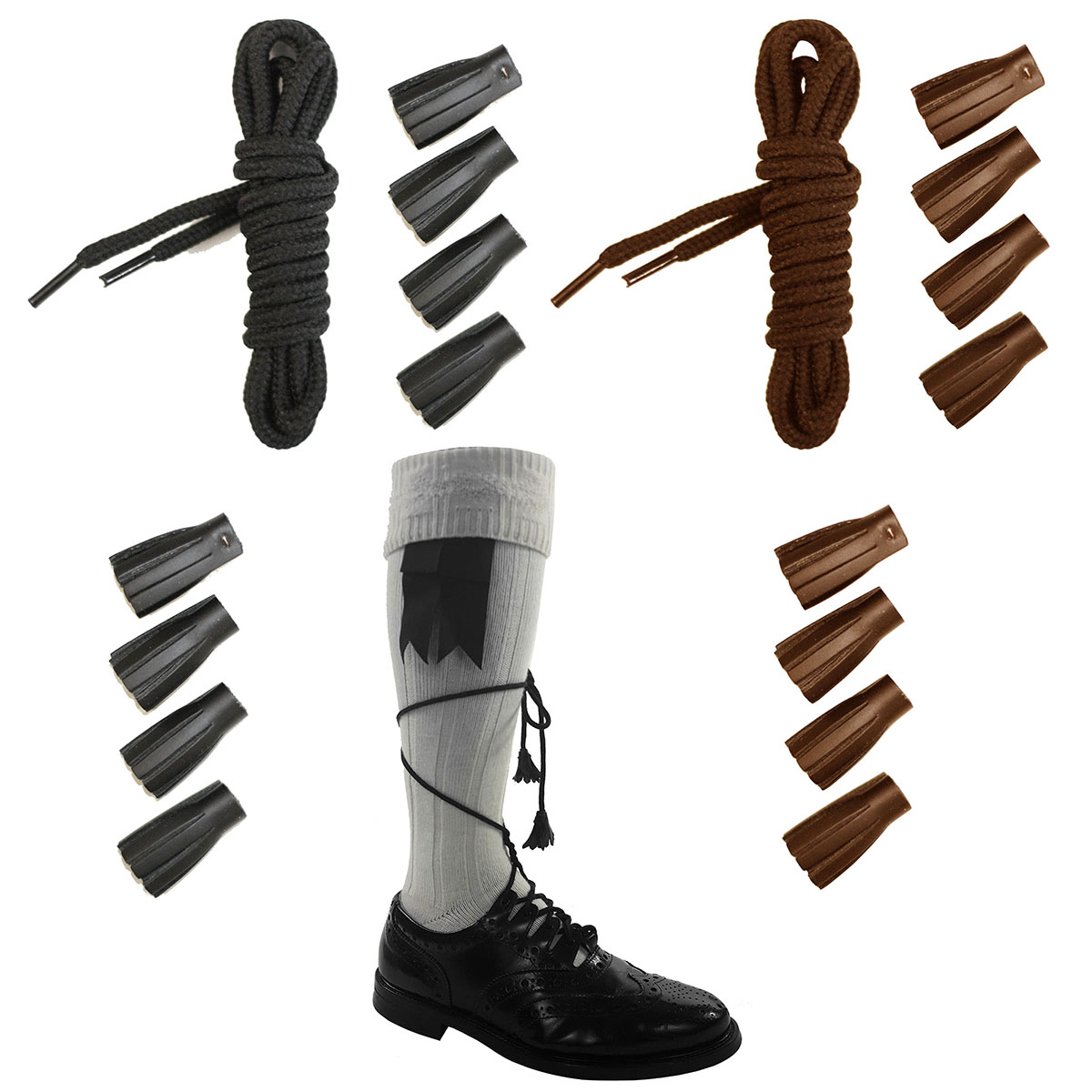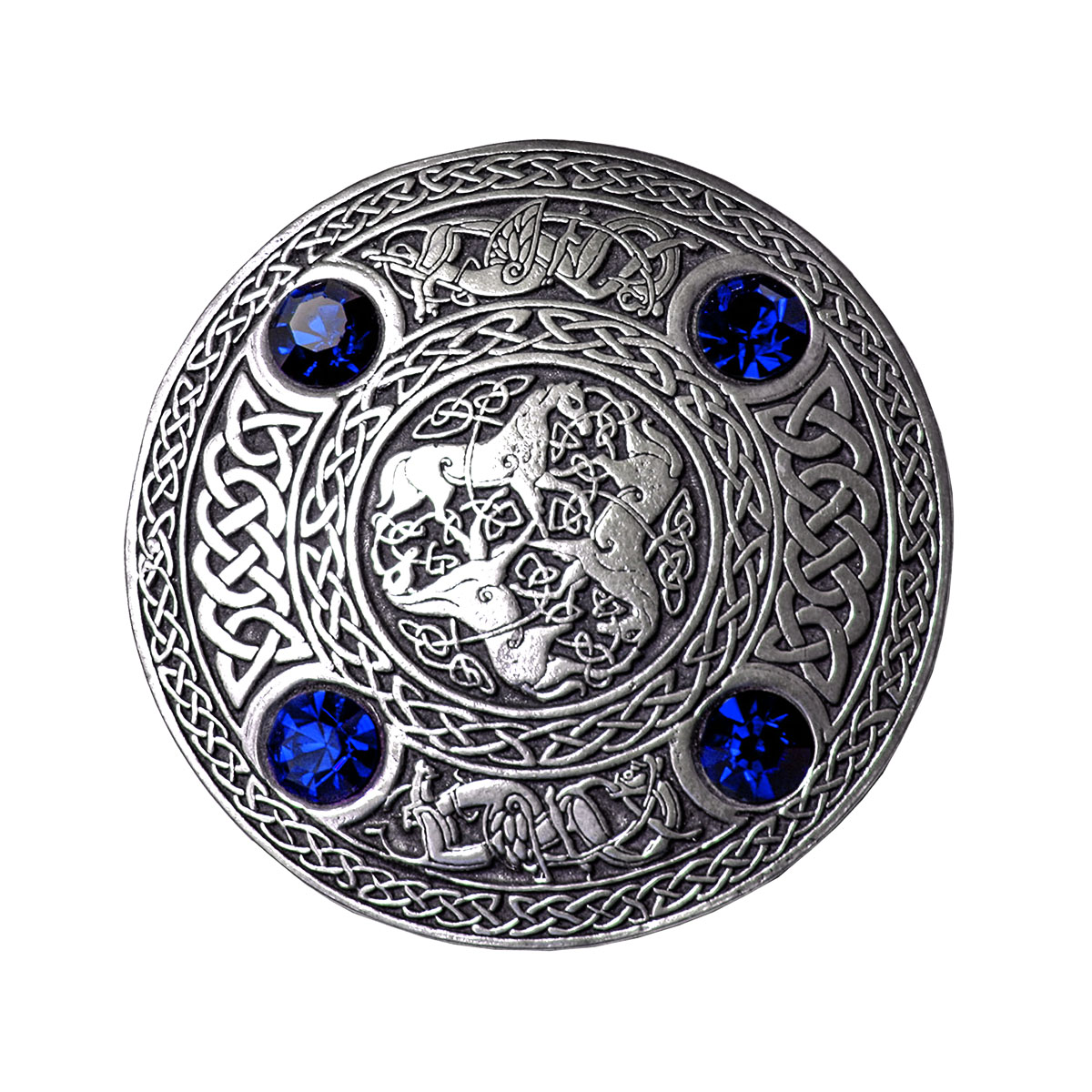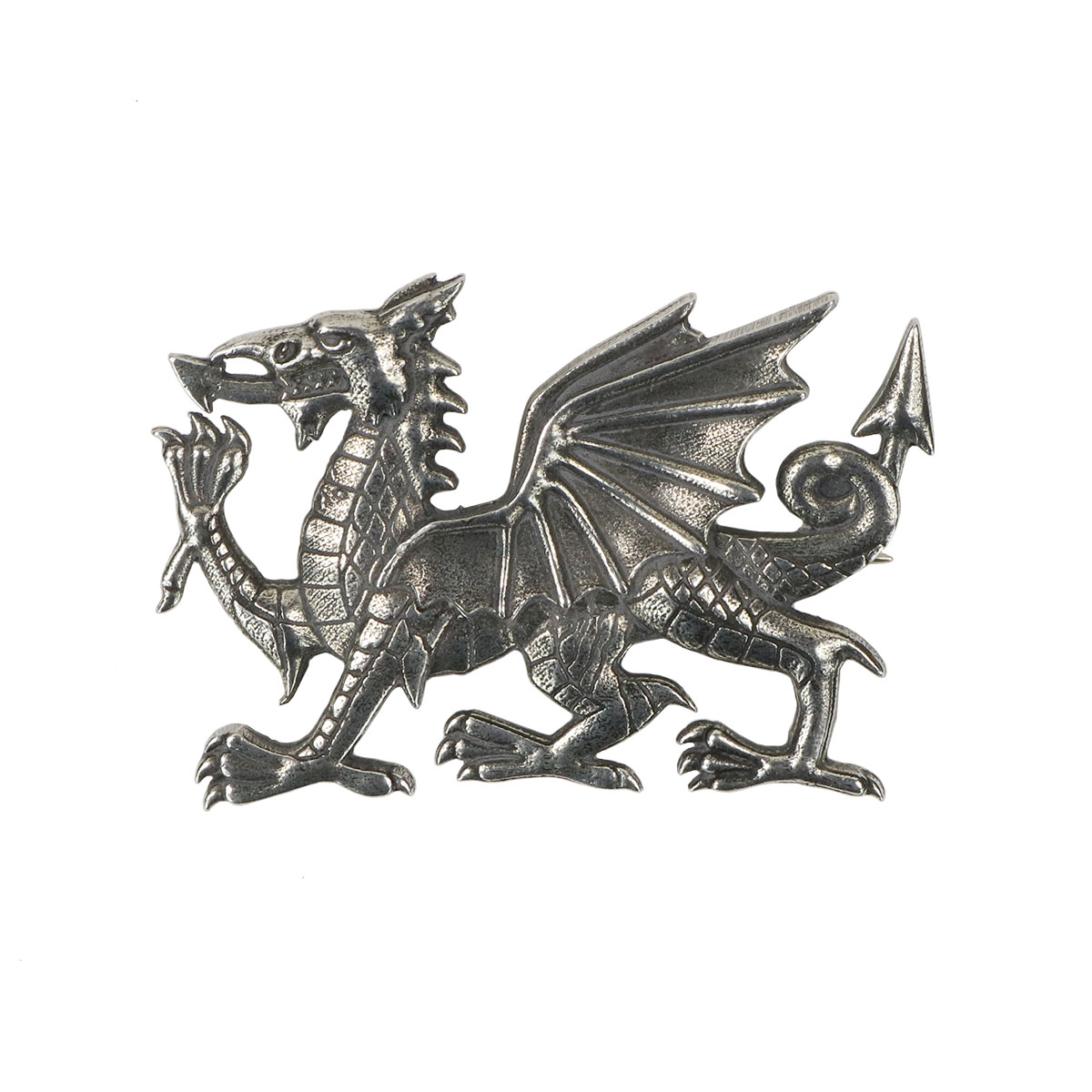Molly Maguires in Dresses
originally published April 2016
The Molly Maguires were a secret society that actually had roots in pre-famine Ireland. They are probably known to some as portrayed in the 1970 Sean Connory movie by that name. In the US and the movie the Mollys were fighting against the low wages and extremely hazardous working conditions of the coal mines.
“Mine owners without one single exception had refused over the years to install emergency exits, ventilating and pumping systems, or to make provision for sounds scaffolding. In Schuykill County alone 566 miners had been killed and 1655 had been seriously injured over a seven year period.” –Labor’s Untold Story, Boyer and Morais.
The Mollys had origins in Irish agrarian rebellions against the fencing and pasturing of land that disrupted traditional small-scale farming. Protestors took to nighttime destroying of fences, plowing fields that has been converted to pasture, and killing, mutilating or driving off of livestock. One curious aspect is that they are said to have conducted their raids with blackened faces and wearing dresses. This seems to have been a tradition that was not uncommon many similar lower class rebellions and protests.
“In 1629, ‘Captain’ Alice Clark, a real female, headed a crowd of women and male weavers dressed as women in a grain riot near Maldon in Essex. In 1641, in the dairy and grazing sections of Wiltshire, bands of men rioted and leveled fences against the king’s enclosure of the forests. They were led by men dressed as women, who called themselves ‘Lady Skimmington.’ In May 1718, Cambridge students followed ‘a virago, or man in women’s habit, crowned with laurel’ to assault a Dissenting meeting house. Two years later, laborers in Surrer rioted in women’s clothes, and a mid century country men disguised as women tore down the hated tollbooths and turnpike gates at the Gloustershire border. In 1812, ‘General Ludd’s Wives,’ two weavers dressed as women, led a crowd of hundreds to smash steam looms and burn a factory at Stockport.“
–Society and Culture in Early Modern France, Natalie Zemon Davis.
The author quoted above lists a number of other examples of violent “transvestite” rebellions in France, Ireland and Scotland. The “Whiteboys” are a group that predated the Mollys and fought to defend the rights of tenant farmers starting in the 1760’s. Their name is said to derive from the white smocks they wore during their raids.
There have been several attempts to explain the wearing of dresses by these protestors, including some that try to find some literal transsexual aspect to the custom. But a two possible connection seem to stand out in my brief look at the topic. One of the reports about the Molly Maguires in Pennsylvania says the leader wore “a suit of women’s clothing to represent the Irish mother begging for bread for her children. The Mollys and the Whiteboys are both said to have pledged allegiance to each other and a mythical, symbolic woman who symbolized their struggle. (Called “Sieve Oultagh” in the case of the Whiteboys from the Irish Sadhbh Amhaltach, aka “Ghostly Sally”). This concept of allegiance to a mythical woman or mother was a common theme in 19th century Irish culture. It ranged from the beautiful woman that symbolized Ireland in 18th century poetry to calling the residents of a village or parish the “children of one mother.”
Another thought is to connect it with older traditions which include cross-dressing characters such as mumming, or Morris dancing. As on holidays the mummers in some areas would go from house to house and receiving gifts of food or drink and in some cases there is a threat of retribution, pranks, or simply bad luck for turning them away empty handed.
This combination between the symbolic mother figure, and the revenge / trick-or-treat pranks of some of the mumming traditions seems to be a reasonable explanation for the disguises they adopted when going out for night-time raids.




